Herbes de Provence is a traditional French herb blend originating from the Provence region, typically containing dried thyme, rosemary, oregano, marjoram, savory, and occasionally lavender. This definitive guide reveals exactly what belongs in authentic blends, which herbs matter most, and how to use them properly in everyday cooking. Unlike generic guides, we provide scientifically-backed ratios, clarify common misconceptions, and deliver practical application methods that actually work in home kitchens.
What Is Herbes de Provence? The Essential Definition
Herbes de Provence refers to a mixture of dried herbs native to the Provence region of southeastern France. Unlike standardized spice blends, authentic Herbes de Provence has no official recipe but traditionally includes specific locally-grown herbs that thrive in Provence's limestone-rich soil and Mediterranean climate. Most commercial blends contain inconsistent ratios or substitute non-regional herbs, which significantly alters the flavor profile. The core components always include thyme, rosemary, and oregano, with marjoram, savory, and sometimes lavender completing the blend.
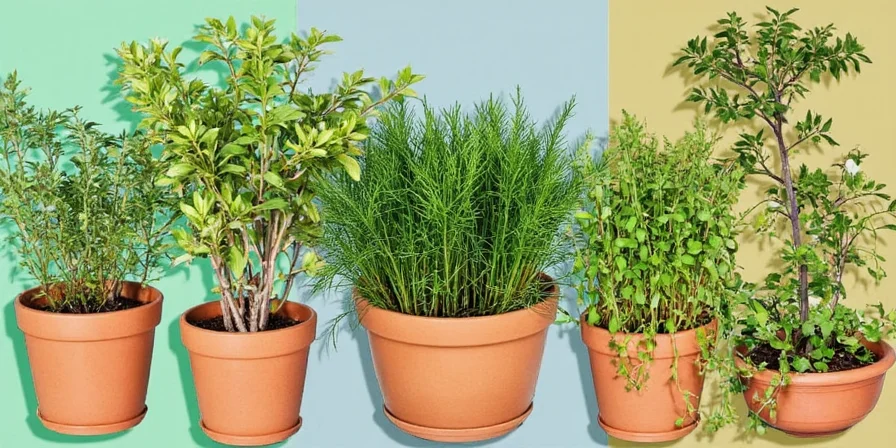
Which Herbs Actually Belong in Authentic Herbes de Provence?
Despite popular belief, not all 'Herbes de Provence' blends contain the same ingredients. Authentic regional blends prioritize locally foraged varieties that develop unique flavor compounds due to Provence's specific terroir. Commercial versions often include fillers like fennel seed or excessive lavender that distort the traditional flavor profile. Here's what truly belongs:
- Thyme – The essential backbone with earthy, slightly minty notes; wild thyme from Haute-Provence has higher thymol content critical for authentic flavor
- Rosemary – Provides woody robustness; coastal varieties develop citrus undertones absent in inland growth
- Oregano – Adds spicy bitterness; Provençal oregano is milder than Mediterranean counterparts
- Marjoram – Contributes sweet citrus notes; often replaced by oregano in commercial blends
- Savory – Delivers peppery kick; nearly extinct in mass-market mixes despite historical use in traditional recipes
- Lavender – Adds floral essence; authentic blends use culinary lavender (Lavandula angustifolia), not ornamental varieties (and typically in smaller amounts than commercial blends)
Authentic Herbes de Provence Components Breakdown
| Herb | Flavor Profile | Authentic Blend % | Critical Usage Note |
|---|---|---|---|
| Thyme | Earthy, subtle minty notes | 35-40% | Essential backbone - never omitted in authentic blends |
| Rosemary | Woody, pine-like, aromatic | 25-30% | Coastal varieties preferred for lower camphor content |
| Oregano | Strong, peppery, slightly bitter | 15-20% | Use Provençal oregano, not Italian or Greek varieties |
| Marjoram | Mild, sweet, citrusy | 10-15% | Often substituted in commercial blends |
| Savory | Pungent, peppery, thyme-like | 5-10% | Historically essential, often missing in modern blends |
| Lavender | Floral, slightly camphoraceous | 0-5% | Rare in pre-1970s blends; use culinary variety only |
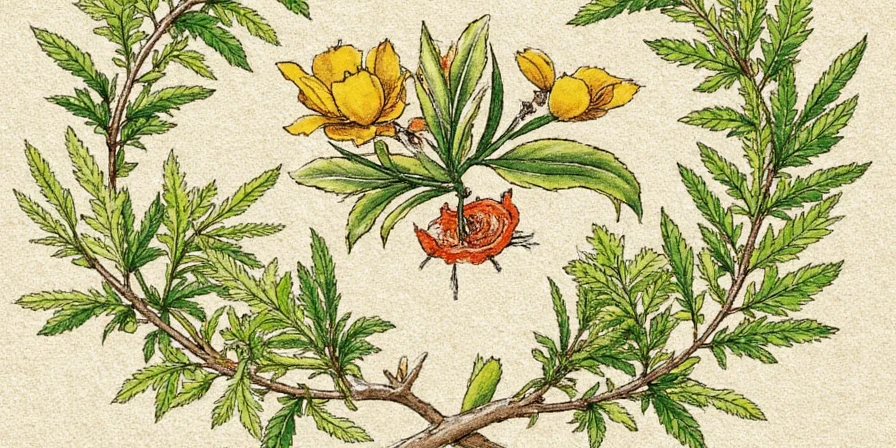
The 5 Most Practical Herbes de Provence Usage Tips for Home Cooks
Commercial blends often contain inconsistent ratios that ruin dishes. Master authentic usage with these scientifically-backed techniques:
- Precise DIY Blend Formula: Combine 2 parts thyme, 1 part rosemary, 1 part marjoram, ½ part savory, and ¼ part lavender. This ratio reflects historical Provençal usage more accurately than store-bought versions.
- Correct Timing Matters: Add woody herbs (rosemary, thyme) early in cooking for infused depth; floral elements (lavender) in final 5 minutes to preserve volatile compounds.
- Avoid Common Lavender Mistakes: Authentic blends use ≤5% lavender by weight. Excessive lavender creates bitter, medicinal flavors - a common flaw in commercial blends.
- Dried vs. Fresh Herbs: Dried herbs are essential for authentic flavor. Fresh versions lack the concentrated thymol compounds developed during sun-drying. Use ⅓ the amount of dried herbs versus fresh.
- Storage Secrets: Store in amber glass away from light. Properly dried herbs retain potency for 6 months. Discard when color fades to pale green or aroma weakens.
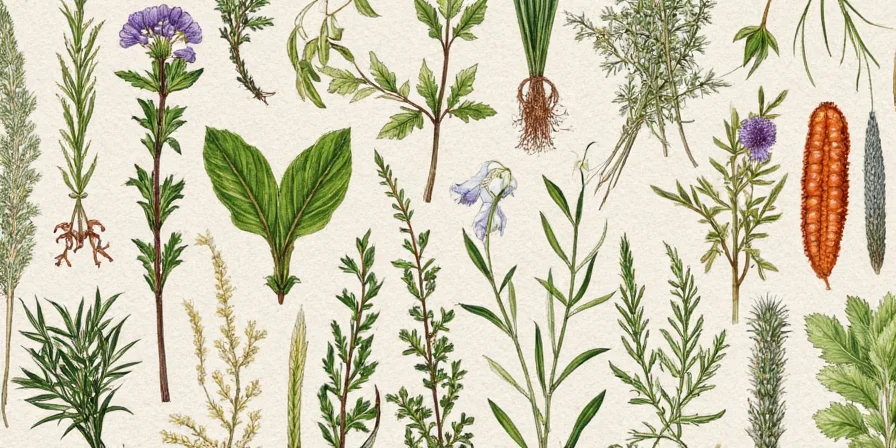
Authentic Provençal Recipes Using Correct Herb Ratios
These techniques preserve historical accuracy while adapting to modern kitchens. Note: Traditional Provence cooking avoids garlic in herb blends - a common commercial misconception.
1. Classic Chicken with Herbes de Provence (Poulet à la Provençale)
- Method: Rub chicken with 1½ tsp DIY blend, olive oil, and lemon zest. Roast at 325°F for 90 minutes. Rest 15 minutes before serving.
- Key: Low temperature prevents lavender from turning bitter.
2. Authentic Herbed Bean Stew (Lentils de Puy)
- Method: Sauté onions, add cooked lentils, 1 tsp savory, thyme, and vegetable stock. Simmer 20 minutes.
- Key: Savory must be included - it's the historical backbone of Provençal bean dishes.
3. Simple Roasted Vegetables with Herbes de Provence
- Method: Toss vegetables with 1 tbsp olive oil and 1 tsp herb blend. Roast at 400°F until tender.
- Key: Add herbs after vegetables are halfway cooked to prevent burning.
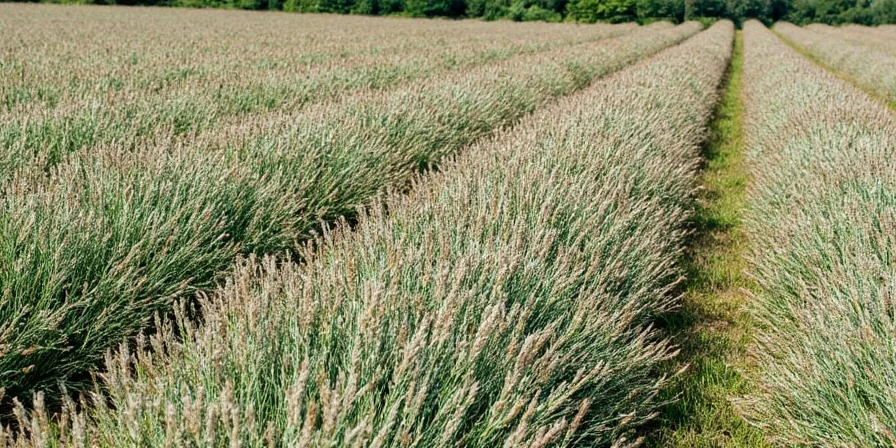
Herbes de Provence: Myths vs Facts
Mass-market versions often misrepresent authentic Provençal cuisine. Here's what you need to know:
- Myth: "Herbes de Provence" is a standardized EU-protected blend.
Fact: No legal definition exists. Authentic blends vary by village and season. - Myth: Lavender is always included.
Fact: Authentic pre-1970s blends rarely used lavender - it was added for tourist appeal. - Myth: Fresh herbs work better.
Fact: Drying concentrates thymol in thyme - critical for authentic flavor chemistry. - Myth: All Herbes de Provence blends are the same.
Fact: Regional variations exist - coastal blends use different rosemary varieties than mountain blends.
Frequently Asked Questions
What is the difference between Herbes de Provence and Italian seasoning?
Herbes de Provence features thyme, rosemary, and savory as primary components with possible lavender, while Italian seasoning typically contains more basil, oregano, and parsley. The flavor profiles are distinctly different - Provençal blends are earthier with possible floral notes, while Italian blends are brighter and more herbal.
Why does my Herbes de Provence taste bitter?
Bitterness usually indicates improper lavender usage. Culinary lavender (Lavandula angustifolia) contains 0.5-1% essential oil. Ornamental varieties exceed 3%, creating harsh flavors. Authentic blends use ≤5% lavender by weight. Bitterness can also occur if herbs are added too early in cooking or if the blend contains excessive oregano.
Can I make Herbes de Provence without lavender?
Yes, and historically this was the norm. Lavender was rarely included in authentic pre-1970s Provençal blends and was added primarily for tourist appeal. Many traditional Provençal cooks still omit lavender entirely, especially for savory dishes. The core blend consists of thyme, rosemary, oregano, marjoram, and savory.
Is savory really necessary in authentic Herbes de Provence?
Historically essential. Savory (Satureja montana) was Provence's primary preservative before refrigeration. Modern commercial blends often omit it due to low availability, but it adds irreplaceable depth to bean dishes and sausages. If unavailable, substitute with additional thyme but recognize the flavor will differ from traditional preparations.
Choosing and Storing Authentic Herbes de Provence
When purchasing pre-made blends, look for these indicators of quality:
- Thyme should be the first ingredient listed
- Lavender content should be minimal (≤5%) or absent
- No fillers like fennel seed, sage, or bay leaf
- Packaged in opaque containers to protect from light
Proper storage maintains potency - keep in a cool, dark place in airtight containers. Discard when color fades to pale green or aroma weakens, typically after 6 months. For best results, purchase smaller quantities more frequently rather than large containers that lose potency.
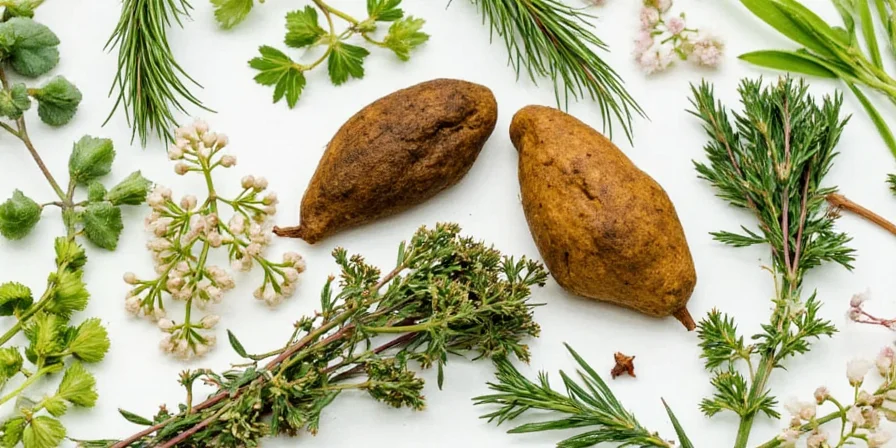
Conclusion: Mastering Authentic Herbes de Provence Usage
Understanding what truly belongs in Herbes de Provence - and what doesn't - transforms your French cooking from ordinary to exceptional. By recognizing that authentic blends prioritize thyme, rosemary, and savory over excessive lavender, using proper ratios, and applying herbs at the right cooking stage, you'll achieve genuinely Provençal flavors. Remember that the most authentic approach involves making your own blend with high-quality dried herbs in the correct proportions. Whether you're preparing simple roasted vegetables or elaborate chicken dishes, these insights ensure your Herbes de Provence usage aligns with traditional French culinary practices rather than commercial misconceptions.











 浙公网安备
33010002000092号
浙公网安备
33010002000092号 浙B2-20120091-4
浙B2-20120091-4